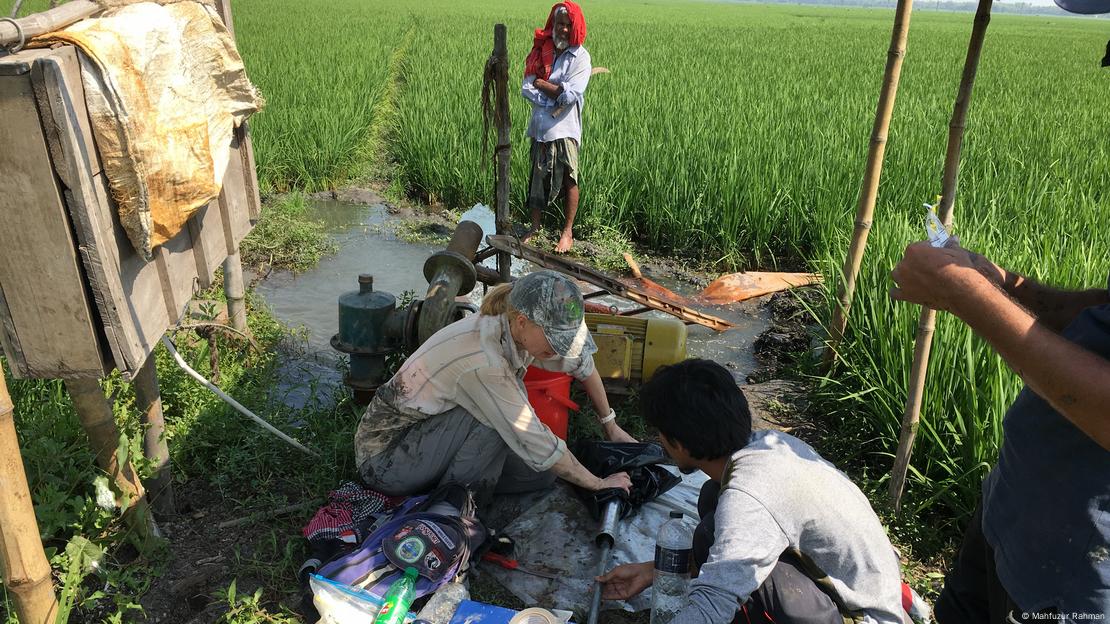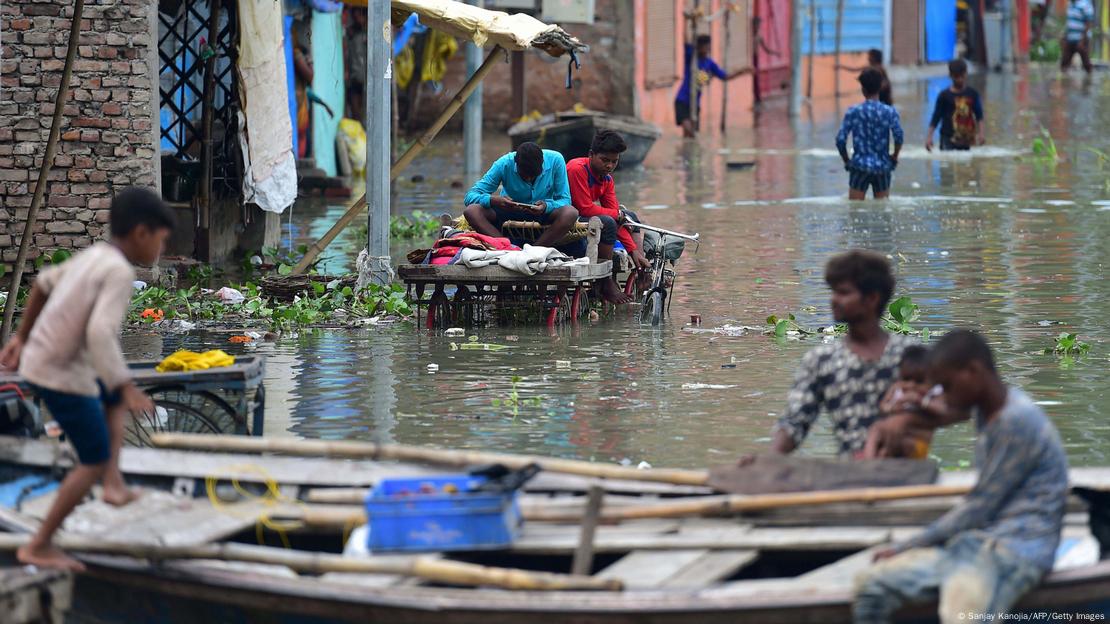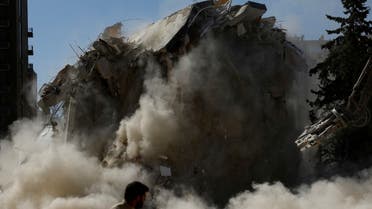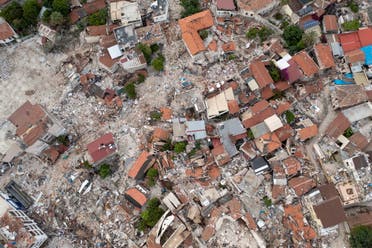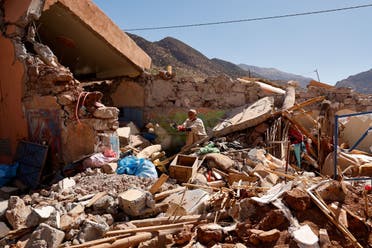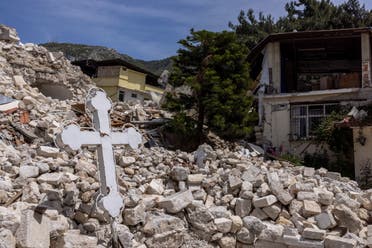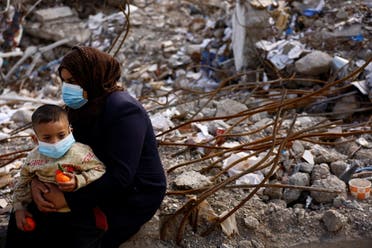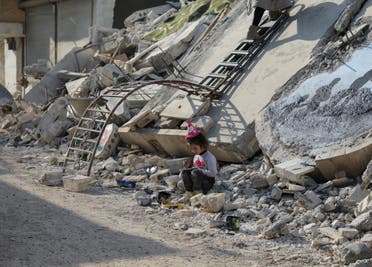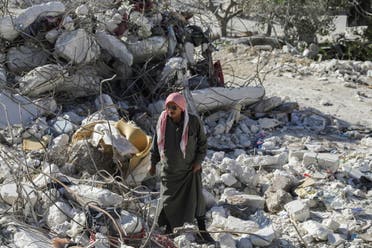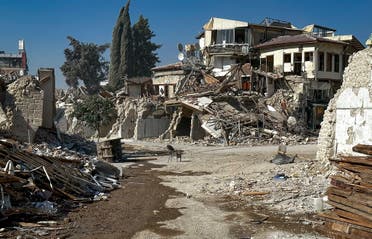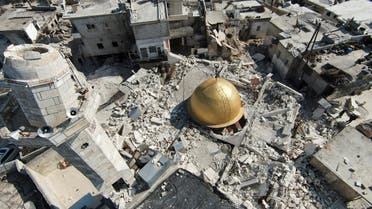INDIA
Odisha: Tainted Waters of Tilia Put Life in Peril
Tilia, Odisha: Right next to Hirakud Reservoir are the two ash ponds spread across 260 acres. This spot at Tilia in Odisha’s Jharsuguda district is where state-owned Odisha Power Generation Corporation (OPGC) dumps ash slurry from its coal-based IB Thermal Power Station.
The power plant adopts two ways to dispose of the ash waste it generates — making ash slurry and discharging it into ash dykes using pipelines, and dumping fly ash in barren lands. Both methods have their own flaws, which affect the environment and lives of people in four villages of Tilia panchayat.
“My village is close to the ash pond. If it breaches, my house and farmland will be damaged. I filed a case before the National Green Tribunal in 2019, but the State Pollution Control Board, Collector's office and political leaders of the region got a stay order. They claimed that the ash ponds were in Tilia panchayat, while my village was in Rampela panchayat,” said Gautam Seth. The farmlands at risk are mostly paddy fields.
The problems do not end with this. According to Seth, the OPGC is taking measures to increase the capacity of the pond to hold more ash slurry. This move, along with the continuous disposal of slurry, instils fear of a possible breach among villagers.
Fear of breach
As per a report by Healthy Energy Initiative India and Legal Initiative for Forest and Environment, there were 17 major incidents of ash pond breaches, spills and accidents spanning seven states from April 2020 to March 2021. The Coal Ash in India – Vol II: An Environmental, Social, and Legal Compendium of Coal Ash Mismanagement in India also shows that Odisha saw the highest number of six cases.
The dread of Tilia residents is compounded by the breach that occurred last December at an OPGC-run ash dyke at Banharpali, located 11 km from Tilia panchayat. The breach in the ash pond polluted the Hirakud Reservoir and 420 acres of farmland.
“The ash ponds are right next to the reservoir… This area has been allotted for farming to those displaced by Hirakud Dam… If they make ash ponds in remote areas sans water sources or farmlands, it is a different thing. Otherwise, it is bound to leak and mix in water bodies and enter farmlands. We had protested when the IB plant construction began [the plant is operational since 1996],” Gopinath Majhi (67), a member of Hirakud Budi Anchal Sangram Samiti (a collective of displaced people) and Jharsuguda resident, told 101Reporters.
Six months after the breach, Majhi filed a petition with the NGT seeking directions to examine the impact of the breach at Banharpali and check if ash ponds complied with the conditions set for environmental clearance. The petition stated that ash dykes should be located at a distance of at least 500 m from the surface water source, the Hirakud Reservoir in this case.
According to the environment clearance guidelines, it is mandatory that the ash pond be lined with high/low density polythene to prevent the ash slurry from seeping into the groundwater. Claiming compliance, OPGC, in their half-yearly environmental status report for October 2022-March 2023, said that ash ponds are equipped with High-density Polyethylene (HDPE) lining.
However, the ground reality is different. 101Reporters found the HDPE lining torn in many places in the ash pond units 3 and 4 of Tilia. “As a result, ash water seeped into the groundwater accessed through borewells by villagers. The HDPE liner on the ash dyke boundaries is torn at places where water seepage can happen, especially during rains. This may lead to soil erosion and cracks that can result in a breach."
Former Tilia sarpanch Thanasundar Sahu (49), who had campaigned against ash pond construction in his panchayat, and present sarpanch Pushpanjali Pradhan claimed that villagers were unaware of the health risks due to exposure to ash. Thanasundar also mentioned that OPGC tried to create some awareness, but the villagers ignored it.
Despite the risk, some villagers are earning their livelihood from the ash pond. One of them, Krushna Chandra Bhoi (51) of Tilia collects hollow ash particles floating on top of the stagnant water of the ash pond. “I can collect 15 to 20 kg of hollow ash every day. I sell it to Gobinda, a middleman, for Rs 16 per kg,” said Bhoi, who used to fish for a livelihood earlier. As per Seth, middlemen sell the ash to chemical plants.
Meanwhile, Thanasundar said it is illegal to enter ash ponds. “OPGC tells people not to enter, but they do not listen.”
Fly ash menace
The health risks are more with fly ash than ash slurry. “To make an ash pond, one needs to acquire land, compensate its owner, hire a contractor, excavate the land, build boundary walls, cover it with polythene, and set up a pipeline and a slurry-making machine that consumes power. Why go through this headache when they can dump the powdered ash,” asked Bharat Sahu (46), a former manager of Ind-Barath Energy (Utkal) power station in Tilia who lost his job when JSW Energy acquired it.
“Imagine that I own a five-acre barren land. I can dig it up to 4 m, dump the ash powder and cover it. I will get money for this, but the land will no longer be cultivable,” he added.
While state-owned OPGC is obliged to make ash dykes, other private power plants prefer to dump fly ash. “As many as 40 trucks loaded with fly ash are sent out from private power plants every day,” claimed Bharat. This is also because of the higher ash content in Indian coal, which is generally 25% to 45%.
At Tilia, 101Reporters learned that JSW Energy Ind-Barath had created a small pond behind its power plant to dump ash. However, it does not comply with the norm of covering the pond with HDPE liner. It also dumps fly ash on roadsides, which gets airborne during strong winds. "Non-use of liners is the company's negligence. A thick liner costs Rs 80 to 100 per sq m," said Seth.
“Fly ash can have a different chemical makeup depending on where the coal was mined. Broadly speaking, fly ash is a pollutant containing acidic, toxic and radioactive matter. It can contain lead, arsenic, mercury, cadmium and uranium. The Environmental Protection Agency has found that significant exposure to fly ash and other components of coal ash increases a person’s risk of developing cancer and other respiratory diseases.” said Fortis Chemicals Chief Executive Officer Jiban Krishna Pattnaik, also an expert in industrial safety, health and environment.
Inhalation of fly ash or ingesting contaminated water can impact the nervous system, causing cognitive defects and behavioural problems, while also increasing the chance of developing lung and kidney diseases, among others.
“Not all substances present in coal will burn, such as arsenic, barium, beryllium, boron, cadmium, nickel, lead, mercury, molybdenum, selenium and thallium. Elevated levels of radioactivity may also be present. Many of these substances, especially heavy metals, can negatively affect humans when ingested. Because of biomagnification, the concentration of unwanted chemicals in animals can increase up a food chain, similarly to mercury in tuna,” Pattnaik said.
Sustainable solutions
As per its environmental status report, OPGC have utilised 4,03,200 metric tonnes of ash waste produced in 2021-22. This was by setting up a fly ash brick production plant that could produce 10,000 bricks per day and by supplying fly ash to other such units around the area and for road construction. This amounts to 34% of the total ash waste produced. The rest was disposed of.
“As per the guidelines issued in 2000 by the Ministry of Environment, Forest and Climate Change, companies that produce ash waste are responsible for its disposal,” Dr Sundara Narayana Patro, president, Orissa Environmental Society, told 101Reporters.
The ministry has made it mandatory for thermal power plants to utilise ash waste fully. “There are three ways of ash disposal. First is to fill the void of open coal mines with ash waste. Second is utilising fly ash to make construction materials such as ash bricks and lastly, ash has some urea that can be used to make forest lands fertile.”
In its report, OPGC termed mine void backfilling of ash as the only means that ensures 100% ash utilisation. It added that despite repeated efforts, the Mahanadi Coalfields Limited has not allotted the Belpahar opencast mine to them for ash disposal.
Dr Patro said coal mines were bound to give permission for ash disposal in open cast mines as per the ash disposal rules. A former OPGC employee, on the condition of anonymity, told 101Reporters, “Filling open cast coal mines is an effective solution for ash disposal, and the government should make provision for this.”
.jpg)
%20.jpeg)
.jpeg)

